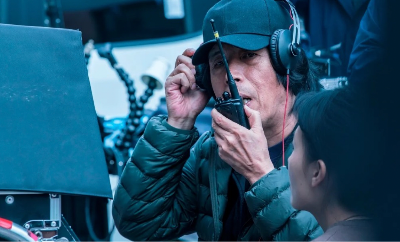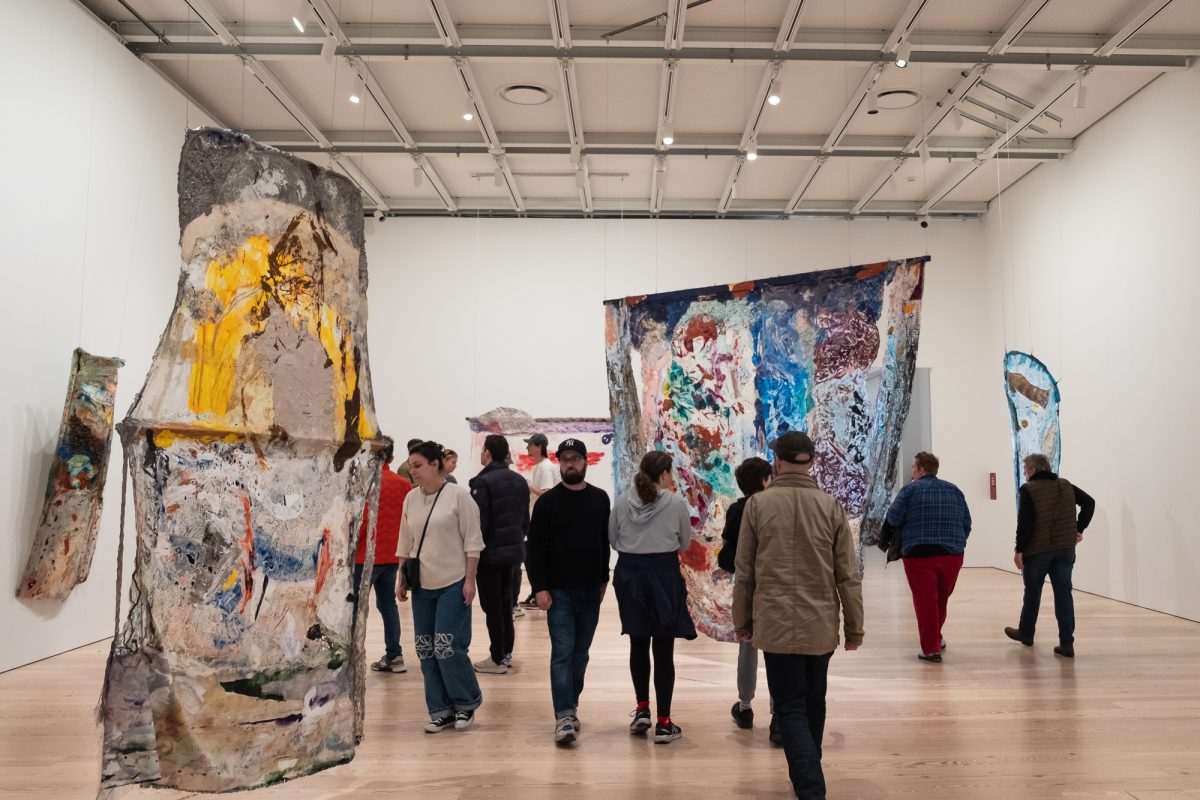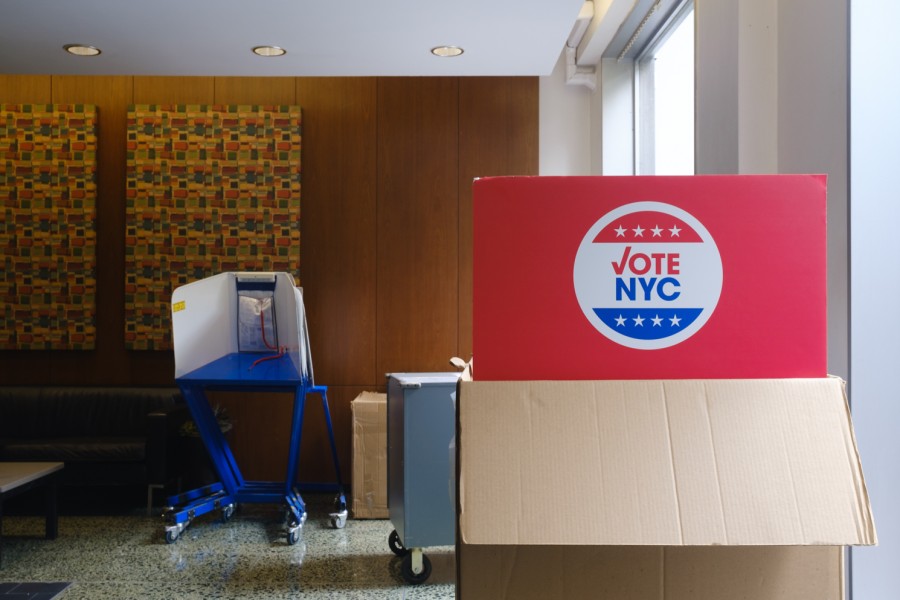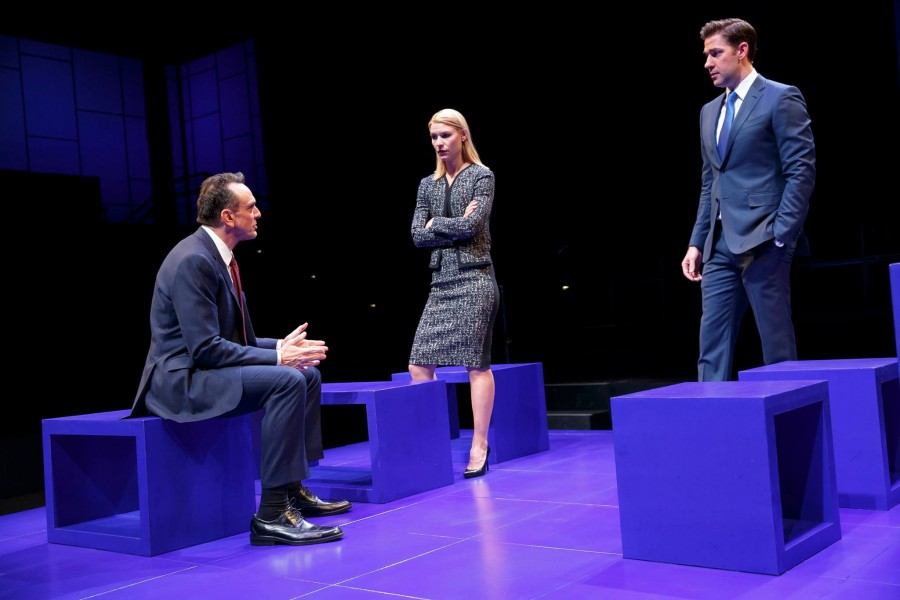Though Star-Studded, ‘Dry Powder’ Barely Ignites
Hank Azaria, Claire Danes, and John Krasinski in the play, Dry Powder, currently on show at The Public Theater.
April 6, 2016
There has been much anticipation surrounding the release “Dry Powder,” a play with a star-studded cast that includes John Krasinski and Claire Danes. Even before the first preview performance, the production was extended until May 1. In addition to Krasinski and Danes, the four-person cast includes screen stars Sanjit de Silva and Hank Azaria, drawing anticipation from those outside the theatrical sphere. The play is directed by Thomas Kail, a theater favorite who recently skyrocketed to popularity after his success directing “Hamilton” and “Grease Live.”
Written by Sarah Burgess, “Dry Powder” tells the story of a private equity firm in Midtown Manhattan led by three main partners, played by the aforementioned group of players excluding de Silva. When the play starts, the firm is already mixed in risky financial decisions, most notably the expenditure on an extravagant engagement party for Rick (Azaria), the head of the firm. The firm’s existence hinges on the success of a deal managed by the optimistic and empathetic Seth (Krasinski). However, the high tension over the deal’s success leads to clashes over its execution, and turmoil ensues.
The play is bookended by the hardened and emotionless Jenny (Danes), a partner at the firm, preparing to give a speech to senior NYU business students. A lot of technical financial terms are employed, which at times can be confusing. However, Burgess deftly establishes a common vocabulary paired with sharp-witted comedy, which saves audiences from getting lost in the IPOs and due diligences.
The staging and design elements of “Dry Powder” greatly elevates its conceptual intrigue. The play is set in a round arena, and the set, designed by Rachel Huack, is comprised of a low, bright blue wooden platform with some matching rehearsal blocks on top. To compensate for the minimal set, the lighting design by Jason Lyons is crucial. Panels on the walls of the theater light up and pulse with the transition music, and most importantly, the lights illuminate an essential concept: this play is directed like a chess game. There is a faint grid on the stage’s main platform, and the actors almost exclusively move laterally between these lines. During transitions, light illuminates a board game-like gridded path upon with the characters walk, evoking their own predetermined paths throughout the story.
The use of light to visually supplement characters is a smart directing choice on Kail’s part in revealing the dynamics of finance and the intangibility of money. There is constant discussion of material excess, but the audience never sees any of it.
Emotional vulnerability is hardly in the vocabulary of Burgess’ characters, but the performances in “Dry Powder” still manage to find a depth of emotions. Danes and Krasinski adequately fill their hyper-driven archetypes, and brotherly interactions between Seth (Krasinski) and Jeff (de Silva) provide welcome moments of relaxed interaction. It’s hard to tell whether or not Danes’ stiffness is a choice, but it certainly works to her advantage; one of Jenny’s (Danes) most comical moments is when, strangely she begins to cry. Despite the play being sucked of the emotional connection one would normally seek in a theatrical experience, “Dry Powder” avoids being excessively dry and is still successful in its own right. However, it’s far from explosive.
“Dry Powder” is currently playing at the Public Theater, 425 Lafayette St.
Email Emma Gold at [email protected].












































































































































